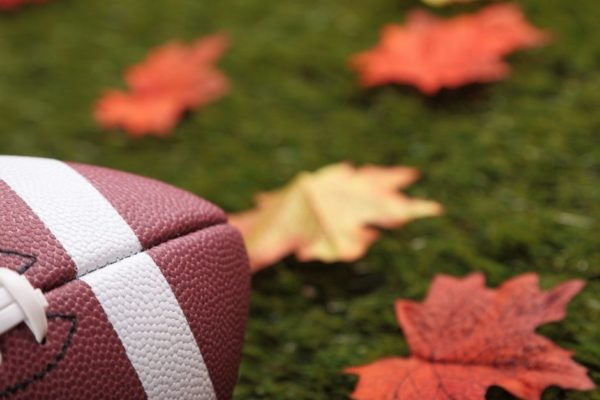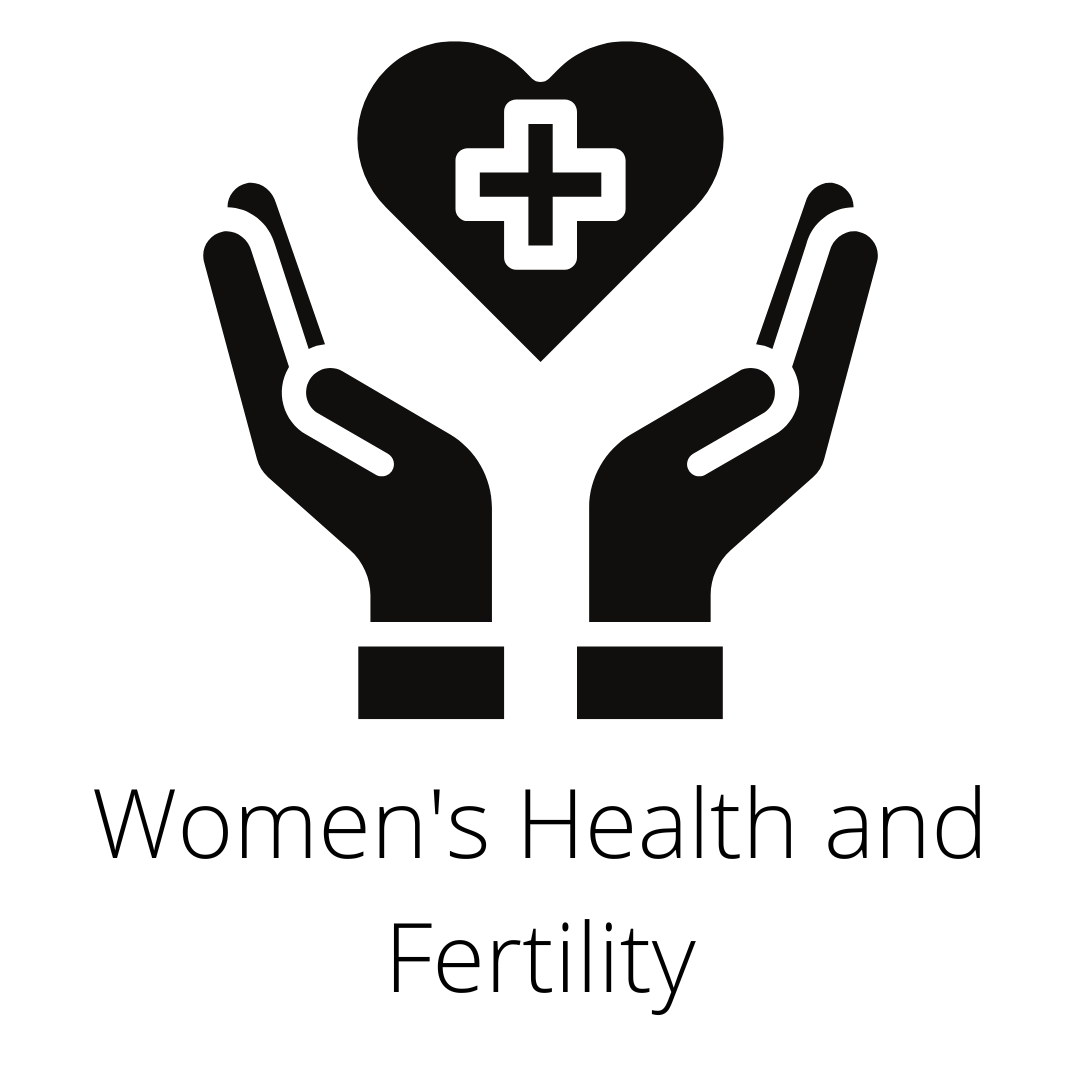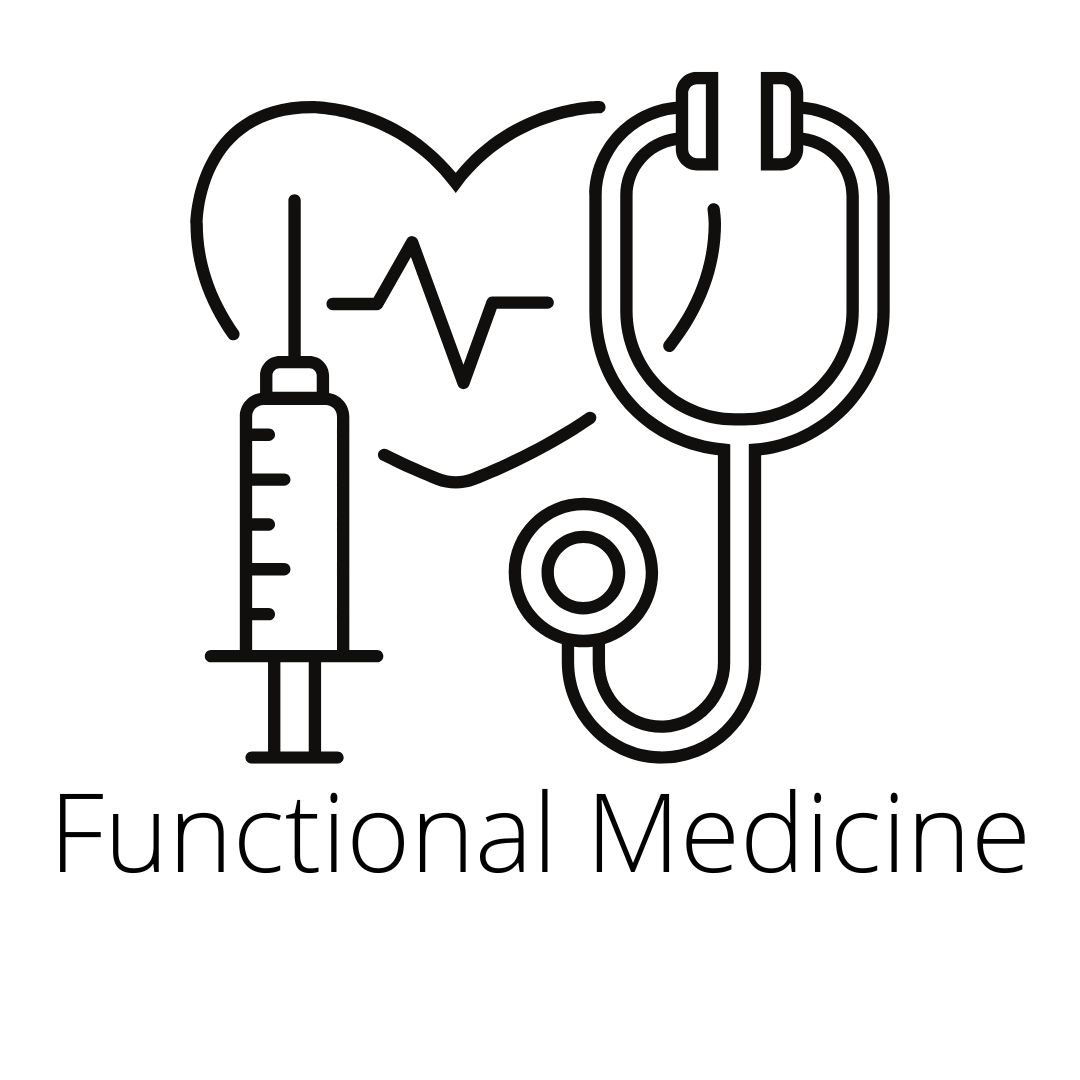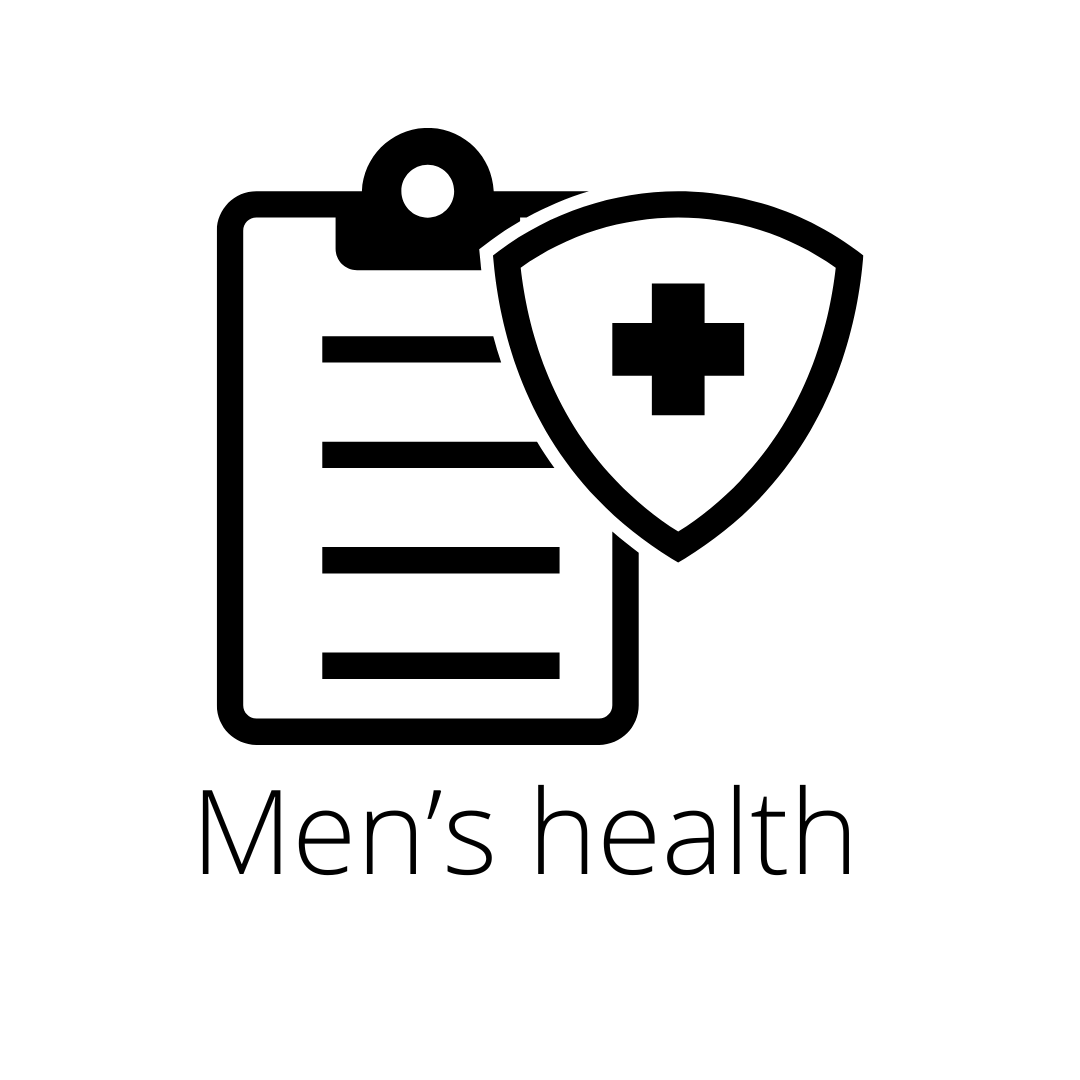
Happy Fall! 🍂
Fall means it’s time for school routines, pumpkins, crockpot meals, and…Fall sports seasons!
Maybe your family is getting back into sports after an extended break during the pandemic or you’re trying out a sport for the first time! Either way, it is important to discuss children’s wellness and injury prevention to keep up with your family’s active lifestyle.
Additional risk factors for injuries this year include children having had less opportunity for physical activity, more time on devices affecting their posture, and the possibility of depleted key nutrients.
The three things that most affect risk for injury include:
1. A prior injury
- Problem: Having a history of an injury often causes weakened tissue, whether bone, ligament, or muscle. If not addressed properly with rehabilitation, this can lead to further damage around the region. People often develop compensations in their walking or other daily movements such as bending to pick up an item or studying at a desk that cause additional stress to the body following an injury.
- Solution: Ensure that if you have experienced an injury in the past that it is assessed by a professional with a plan moving forward for prevention of further injury.
2. Poor movement mechanics
- Problem: The way we move our body matters. How we sit, how we stand, and how we perform active movements such as running affect the stress on our joints, ligaments, and muscles. If we have an asymmetry in our muscle strength from side to side or have stiffness in a region that should provide more flexibility for us, we are likely to have pain or injury due to overuse in another area. This is often aggravated by people not having enough strength and stability in their deep postural muscles that support their body during everyday movements.
- Solution: Having a regular mobility and strengthening routine can help to reduce the risk of imbalances in your musculoskeletal system. This can allow for improved efficiency in your movement mechanics (sharing the load of your movements throughout the body) versus putting repetitive strain through the same joint, ligament, or muscle. For example: Learning to activate your core and hip muscles can help to reduce strain to the knees during running.
3. Pain
- Problem: Pain is a signal to the body that something is not right. If you find yourself aware of a new pain, it is important to pay attention to it. It can be normal to be a bit sore after beginning a new sports season, but it should resolve quickly. Soreness typically is felt in a group of muscles and likely on both sides of the body. Example: Your coach had your child running and doing squats during soccer. It may be normal to have some general leg soreness following this activity. This would be an abnormal pain if your child was feeling more localized pain to a specific area such as the outside of the knee. General soreness is usually experienced for about 48 hours following the activity, but symptoms of an injury will continue to be experienced with the activity that irritates it.
- Solution: General soreness can be treated with additional hydration, stretching, and hot/cold packs. Pain persisting beyond 2 weeks should be assessed by a professional. This will help to reduce the risk of a serious injury and rule out any further concerns about the cause of the pain.
So, how can you reduce the risk of injury?
◾ Prevention: Be aware of the items discussed above. Education on injury prevention will empower you to make choices about your child’s health within a sport and reduce the impact of the problem.
◾ Quality nutrition: It is important to ensure children are getting adequate calories for their sport coming from minimally processed foods. Highly-processed (packaged) foods provide minimal nutritional value and are high in inflammatory factors. Inflammation adds to the pain experience and delays healing. High quality fruits, vegetables, proteins, and complex carbohydrates are essential for the healthy athlete!
◾ Hydration: Proper hydration will allow for improved quality of function in all systems of the body. It will help your child to recover faster following athletic activity as well as reducing muscle cramps and improving performance. An electrolyte supplement may be appropriate for high-level activity- look for ones with low levels of sugar, no artificial colors, and always check with your pediatrician before adding a new supplement to your child’s diet.
◾ Proper warm-ups and cool-downs: Having a high-quality active mobility warm-up is key to reducing injury. The warm-up routine should be sport-specific in order to address the major muscle groups required for that sport. Warm-up routines should include more active movements. Static stretching should be completed after the high-level activity as over-stretching before athletic events may actually put your muscles in a less optimal length for performance (higher risk of injury). Cool-downs should involve light cardiovascular activity such as walking or light jogging as well a mobility/stretching routine.
Warm wishes to all our families on their Fall sports seasons!
Author: Dr. Jillian Stecklein, Director of Physical Therapy Services with MyCatholicDoctor
Dr. Jillian Stecklein, PT, DPT











